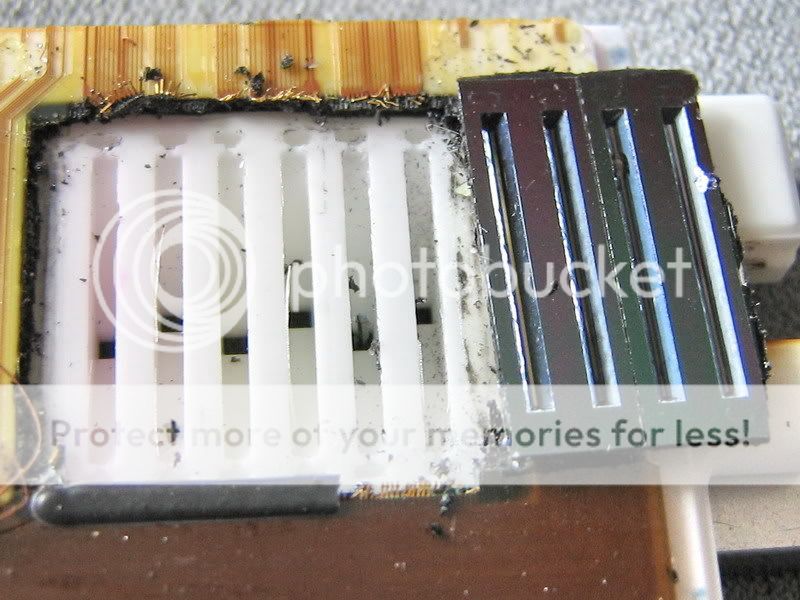- Joined
- Oct 27, 2005
- Messages
- 3,673
- Reaction score
- 1,361
- Points
- 337
- Location
- South Yorks, UK
- Printer Model
- Epson, Canon, HP... A "few"
Aye.. where some of us do failure with flair and panache, and not a little cryingfotofreek said:Exactly the benefit of this forum, where participants are willing to show their failures as well as successes.

